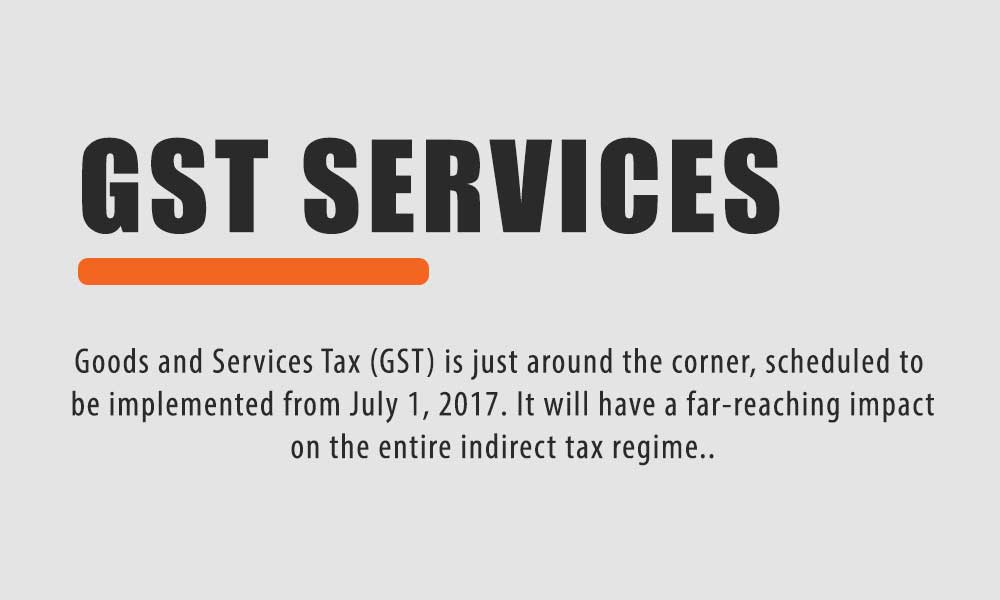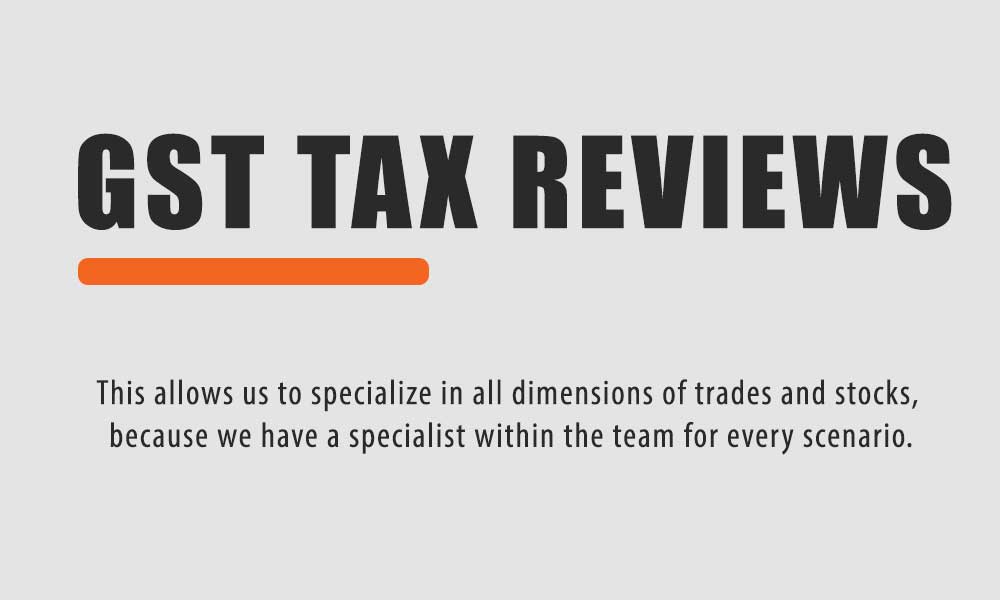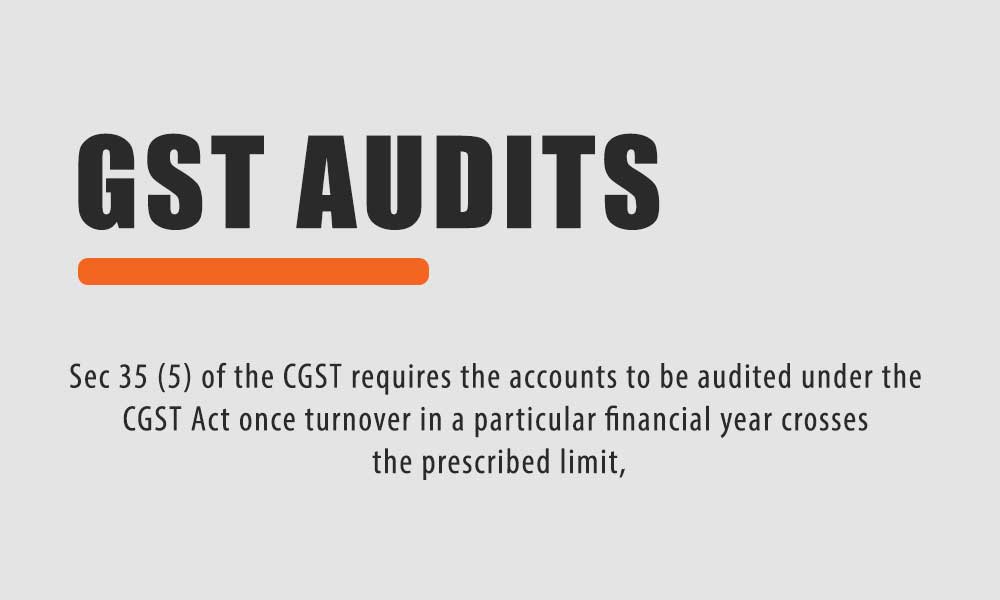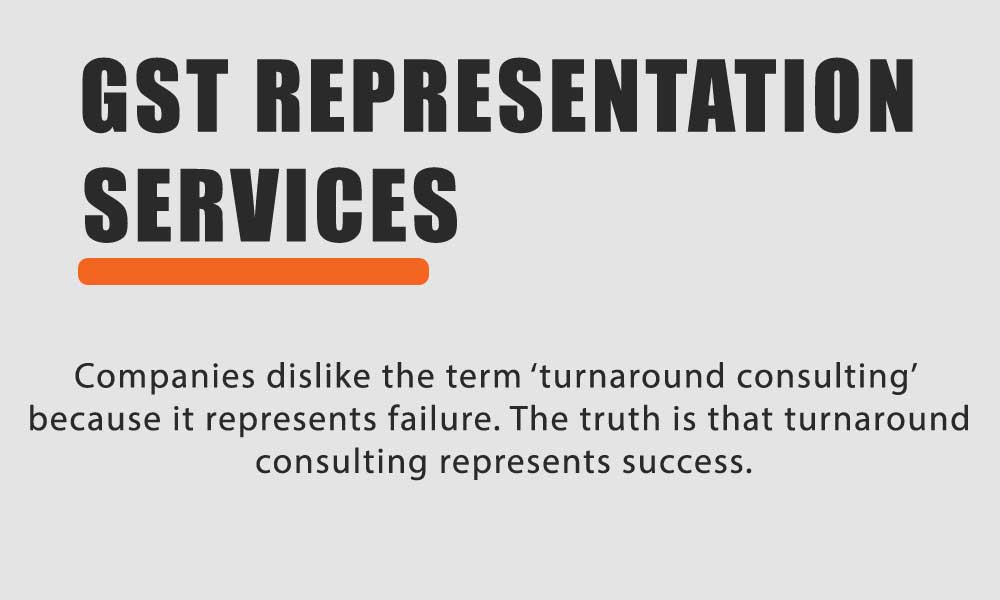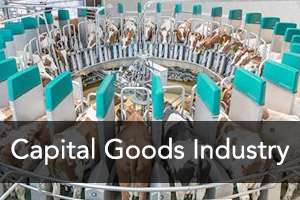Tax slabs in India under GST
- November 1, 2017
- Posted by: A S Akruwala
- Category: GST
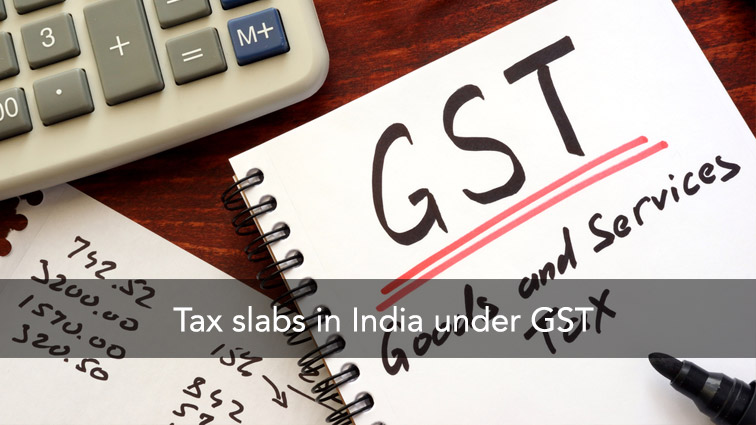
- November 1, 2017
- Posted by: A S Akruwala
- Category: GST

| Previous tax rate (Approximate range) | GST Rate | Goods | Services |
| No tax | No tax | Items of daily and mass consumption such as milk, butter, fresh fruits and vegetables, fresh meat, flours, bread, salt, prasad, bindi, sindoor, stamps and judicial papers, colouring books, newspapers, bangles etc. | Hotels and lodges with a tariff below Rs 1000. |
| ~ 5% (5% VAT and no excise) | 5% | Apparel below Rs 1000 and footwear below Rs 500, and essentials like kerosene and coal, medicines and insulin, stents. Edible oil, tea, coffee, frozen vegetables, skimmed milk powder, cashewnuts, incense sticks. | Small restaurants, transport services like railways and air which have petroleum as the main input. Job works in textiles, gems, and jewellery. |
| ~ 9% to 15% | 12% | Apparel over Rs 1000, Ayurvedic medicines, exercise books, preserves like pickles, sauces, ketchups, and fruit and vegetable preserves, umbrellas and packaged foods like butter, ghee, cheese, dry fruits. Basic cell phones. | Non-AC hotels, pesticides and fertilisers, business class air tickets and work contracts. |
| ~ 15% and 21% | 28% | Luxury goods and sin goods: SUVs, aerated drinks, white goods, paints, ATM/ vending machines, vehicles, personal aircrafts; Sin goods such as bidis, chewing gum, paan masala. Certain select consumables will attract an additional cess. | Movie tickets above Rs 100, five star hotels, race clubs, betting and other luxury services. |
The GST council has revised the tax rates on 27 goods and 12 services with effect from 6 October 2017. Click here to read the revised list.
*Gold and rough diamonds have been allocated separate tax percentages of 3% and 0.25% respectively.
*Certain goods such as alcohol (for human consumption), consumption and sale of electricity, stamp duty and customs duty, and five petroleum products, namely, crude oil, natural gas, aviation fuel, diesel , nd petrol have been excluded from GST for the initial years.
How the transactions will change
Businesses will be impacted at both ends, i.e., at the inbound transactions such as imports (international business) and procurements (domestic), and at the outbound transactions, i.e., the sales. Here are some important transformations:
Place of Supply: Currently, many businesses operate on a state-wise warehousing model as transfers between inter-state warehouses are considered as stock transfers and are not liable to pay CST. Under GST, inter-state stock transfers between warehouses will also be subject to IGST at the “Place of Supply”. For example, a supplier of steel from Jharkhand to Orissa and Kerala, will need to pay IGST on the transfer of goods in Orissa and Kerala respectively. If there is a transfer of steel from the warehouse in Kerala to the warehouse in Orissa, IGST would still be applicable, but CST wouldn’t be payable on such a transaction. This change has been proposed to discourage suppliers from having multiple warehouses and adopt a single warehousing system.
Consideration of “Time of Supply Rules”: This factor determines when goods / services are to be supplied, and therefore, when the tax is to be paid (point of taxation). Under the GST, the Time of Supply for goods and services is the earlier of the following dates: (a) the date of issuing of invoice (or the last day by which invoice should have been issued) OR (b) the date of receipt of payment; whichever is earlier. For example, if the date of invoicing is May 20 and payment is received on July 1, the time of supply will be May 20. Which means that the government wants to collect the tax at the earliest possible point in time, and businesses must plan their working capital keeping in mind these advanced payment timelines.
Provisions of Input Tax Credit: Input tax refers to the taxes that a manufacturer or service provider pays while buying the raw material or inputs. Under the GST, a business can reduce the tax it has paid on inputs from the taxes collected on outputs. In effect, businesses will be taxed only on the “value addition”. For example, if a manufacturer is paying Rs 300 on final product and has paid Rs 200 on inputs, he can claim input credit on Rs 200 and has a tax liability of only Rs 100. This facility will bring down the overall tax expenses of companies.
Lower exemption thresholds for Small Scale Industries: Currently, small scale industries can avail central excise threshold exemption of Rs. 1.5 crore. With the GST, this limit will be reduced to Rs. 20 lakh. As a result, a company that used to avail tax exemption of 1.5 crore can now avail only 20 lakh, leading to higher tax payments. Benefits from higher registration threshold: Businesses with turnover of over 20 lakh (10 lakh for the North East) must mandatorily register for GST. Currently, the criteria for VAT is that businesses with turnover of over Rs 5 lakh (Rs 10 lakh for North East) must register for VAT. As a result a business that was in the Rs 5 lakh – Rs 20 lakh bracket is now exempt from indirect taxation.
These are some of the business-transactional implications of the GST. Organisations will have to design and implement extensive change management exercises to align GST with their desired business outcomes. Get more information about GST on our GST blog.

